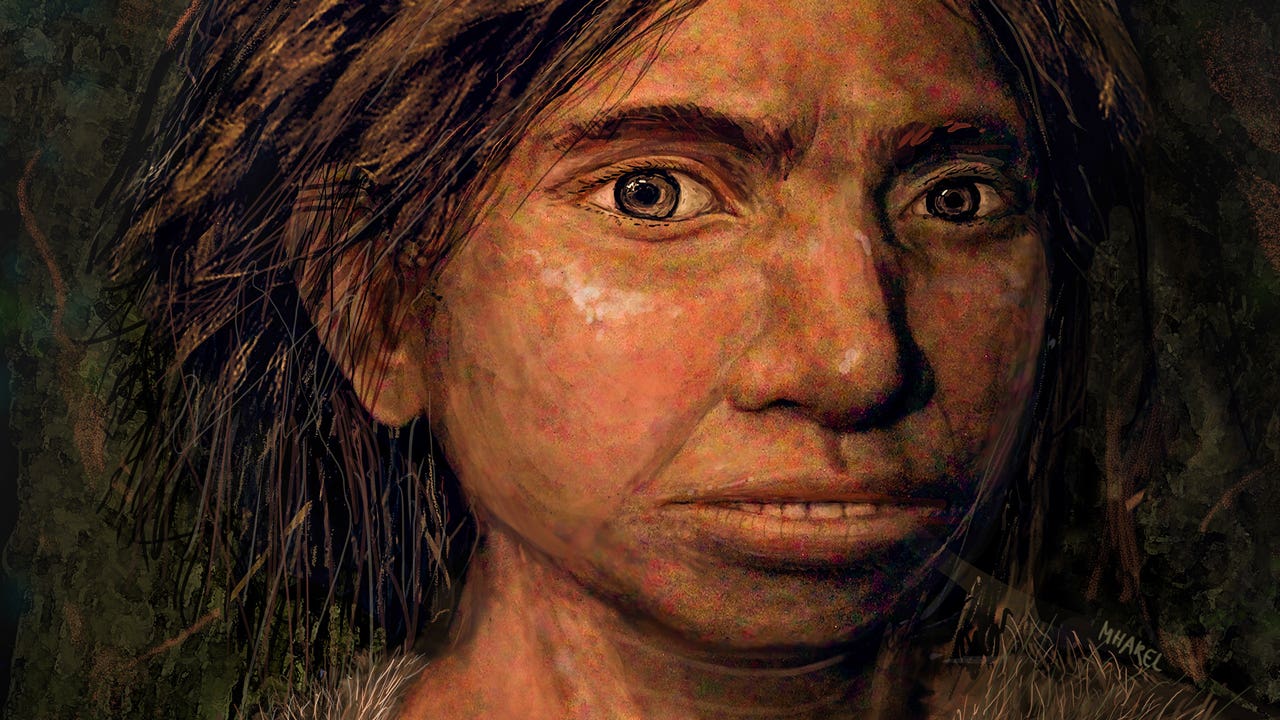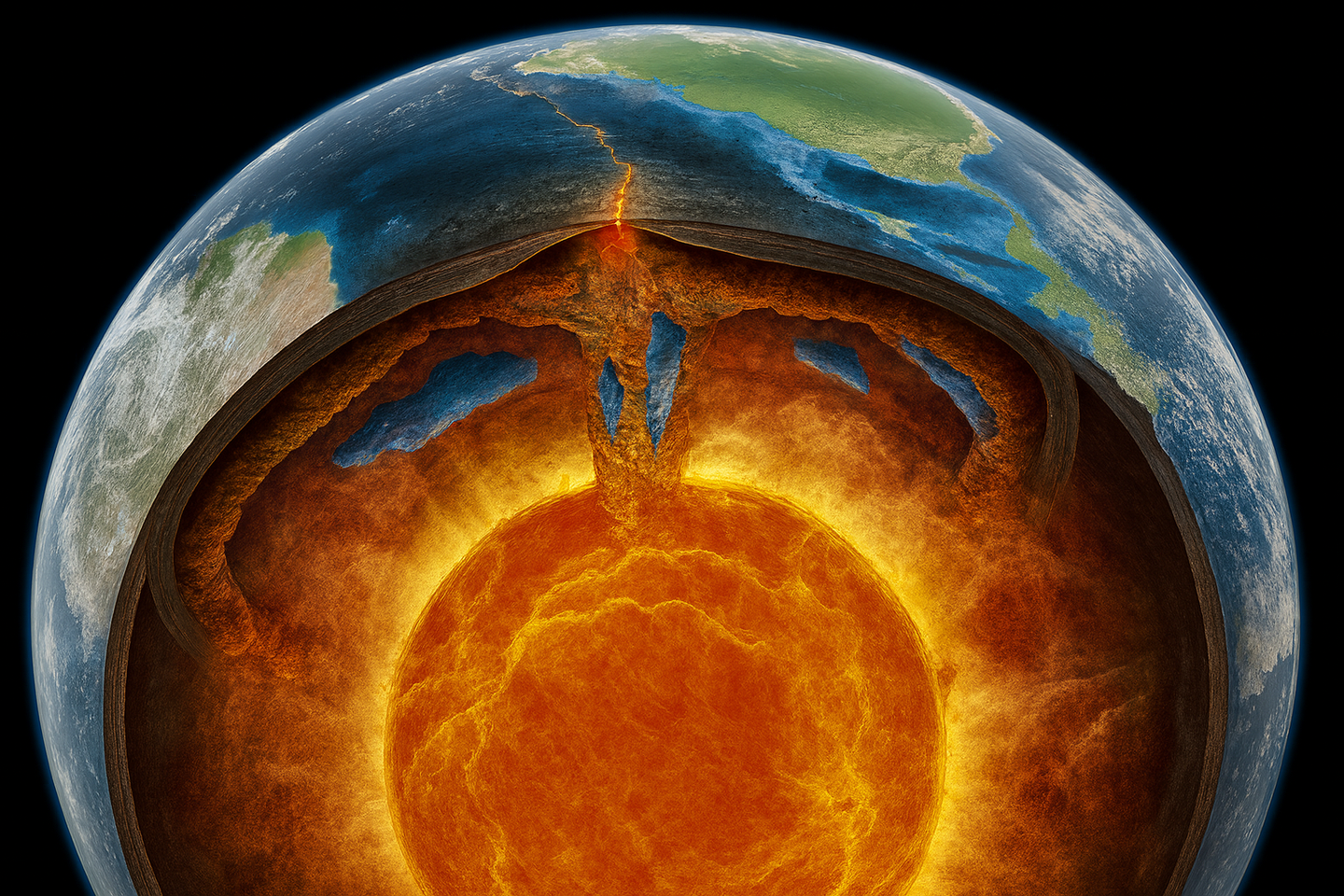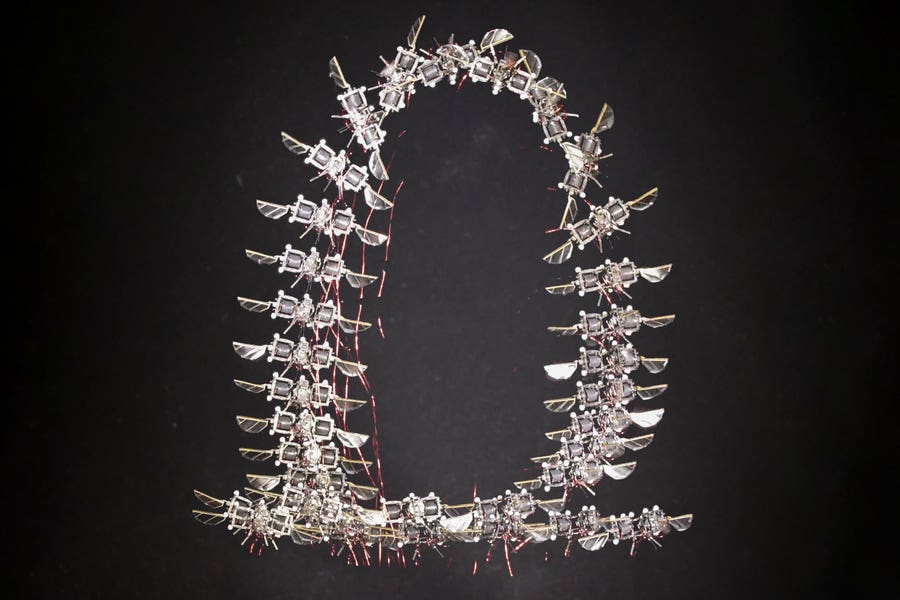Denisovan jawbone discovery unlocks secrets of ancient human migration
A newly identified Denisovan jawbone from Taiwan shows these ancient humans lived in far more places—and climates—than once thought.

A Denisovan jawbone from Taiwan proves these ancient humans lived in warm climates, reshaping our view of human evolution. (CREDIT: Science)
On the seabed off the coast of Taiwan, a fisherman’s dredge pulled up more than just marine life. Among the animal remains was something unexpected—a thick, heavy jawbone. For years, the fossil puzzled scientists. Its structure was unlike anything seen before, yet no one could say exactly what ancient human species it belonged to. Now, with help from a method called paleoproteomics, the mystery has finally been solved: the jaw belonged to a Denisovan, a distant cousin of both Neanderthals and modern humans.
Denisovans were first discovered through a tiny finger bone and a few teeth found in a Siberian cave. Although little physical evidence remains, their DNA told a bigger story—Denisovans were widespread across Asia during the Pleistocene, the Ice Age era that ended about 11,700 years ago. But until now, direct genetic proof of Denisovans only came from cold places like Siberia and Tibet. This new find, from warm and humid Taiwan, expands the known range of these mysterious ancestors.
“This identification confirms previous genomic predictions of the group’s widespread occurrence, including in warmer climates,” said scientist Sacha Vignieri. It also raises new questions about how adaptable and diverse these ancient humans really were.
To find out what species the jaw belonged to, researchers led by Takumi Tsutaya turned to ancient protein analysis. Fossils often lose their DNA over time, especially in warm, wet areas like Taiwan. But some proteins—especially those found in bones and teeth—can survive much longer. By studying the preserved proteins in the jawbone, scientists can trace ancestry and even identify unique traits.
Published in the journal, Science, the team retrieved over 4,200 amino acid residues from the jaw’s bone and a molar’s enamel. Two of these were Denisovan-specific protein variants. One of these variants, found in the AMBN protein, is extremely rare in modern humans—less than 1% frequency worldwide—but is much more common in people from the Philippines. This region is already known to have high levels of Denisovan DNA, so the match made perfect sense.
The other variant appeared in the COL1A2 protein, which helps form collagen in bone. This mutation has been seen only in a few other Denisovan remains: from the Tibetan Plateau and the Siberian Denisova Cave. Both markers together provided strong proof that the Penghu jaw belonged to a Denisovan.
Related Stories
What made this study especially strong was the quality of the protein data. The researchers ran 44 different lab tests to make sure the results were reliable. They even practiced on animal bones from the same site before analyzing the precious human fossil to avoid contamination or damage. This careful approach allowed them to build one of the best-preserved ancient proteomes from any fossil in East Asia.
Besides the proteins, the shape and structure of the jaw added more clues. The Penghu jaw is massive and solid, with large molars and distinctive root formations. These features match those seen in a Denisovan jawbone found in Tibet, known as Xiahe 1. Together, the similarities suggest these traits were typical of Denisovans and may even reflect differences between males and females in the species.
Although many fossils from China and Southeast Asia have been suggested as Denisovan based on appearance, most lack the molecular proof needed to confirm it. Without proteins or DNA, these remains are often labeled “possibly Denisovan,” which keeps their status uncertain. That’s why this Taiwanese find is so significant—it’s only the third time Denisovan proteins have been recovered outside of Siberia.
Until now, the lack of fossils with Denisovan DNA or proteins made it hard to understand what they looked like or how they spread. Most of what scientists knew came from gene flow studies—traces of Denisovan DNA found in living people from Asia and Oceania. These studies hinted at the existence of different Denisovan groups that lived in diverse climates. The Taiwan jaw now confirms that Denisovans really did reach those southern regions.
The jaw was dated to somewhere between 10,000 and 190,000 years ago. That’s a wide range, mostly due to the challenges of dating fossils that have spent time underwater. Direct uranium dating didn’t work, likely because seawater added extra uranium to the bones. Radiocarbon dating wasn’t possible either, since the bones lacked enough collagen. Instead, scientists estimated the age using trace elements and the known sea level changes in the region. During much of the Pleistocene, lower sea levels connected Taiwan to the Asian mainland, making it easier for early humans to travel.
The discovery of a Denisovan in Taiwan helps reshape the story of ancient human migration. It shows that early humans were far more adaptable than once believed. Denisovans not only survived harsh mountain conditions in Tibet and freezing winters in Siberia, but also managed to thrive in subtropical zones like Taiwan.
This wide range may explain the genetic diversity found in Denisovan DNA across different regions. Some modern populations, like those in Papua New Guinea, carry up to 5% Denisovan ancestry. Others, including certain Indigenous groups in Southeast Asia, also have high levels. That much variation suggests there were likely several distinct Denisovan groups—some who may have adapted to high altitudes, others to coastal or tropical environments.
Despite these genetic footprints, Denisovan fossils remain extremely rare. Their bones and teeth are hard to find, and even harder to identify without advanced molecular tools. Most have been uncovered by chance, often during mining, construction, or in this case, fishing. The lack of fossils makes each new find important, not just for mapping Denisovan migration, but for understanding how ancient humans evolved and survived.
One mystery that still remains is what the rest of the Denisovan body looked like. So far, most confirmed fossils are small—fragments of fingers, jaws, or teeth. Scientists still don’t know how tall Denisovans were, what their faces looked like, or how their brains compared to ours. But every new discovery adds a piece to the puzzle.
The Taiwan jaw, with its robust structure and Denisovan proteins, offers a rare glimpse into one of the most elusive members of the human family tree. It confirms that Denisovans lived in places once thought unlikely. It shows that ancient humans spread wider and adapted better than we gave them credit for.
And perhaps most exciting of all—it hints that more Denisovan fossils may be hiding in warm, unexplored parts of Asia. With each new dig, each new test, and each bit of preserved protein, we get closer to meeting the ancient relatives who shaped our past.
Note: The article above provided above by The Brighter Side of News.
Like these kind of feel good stories? Get The Brighter Side of News' newsletter.



